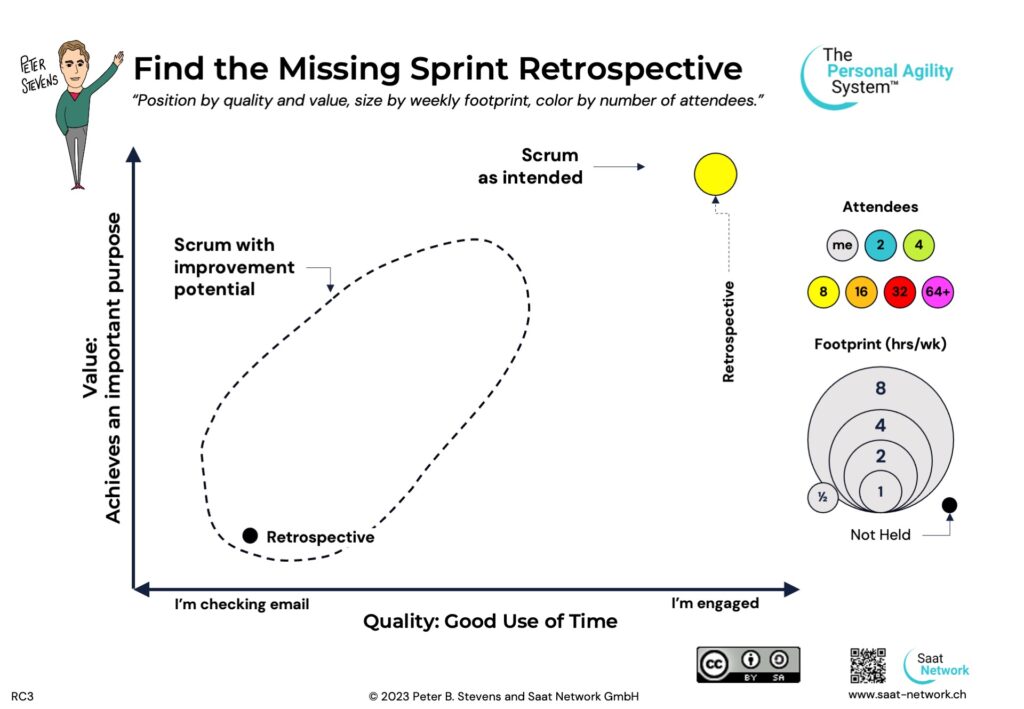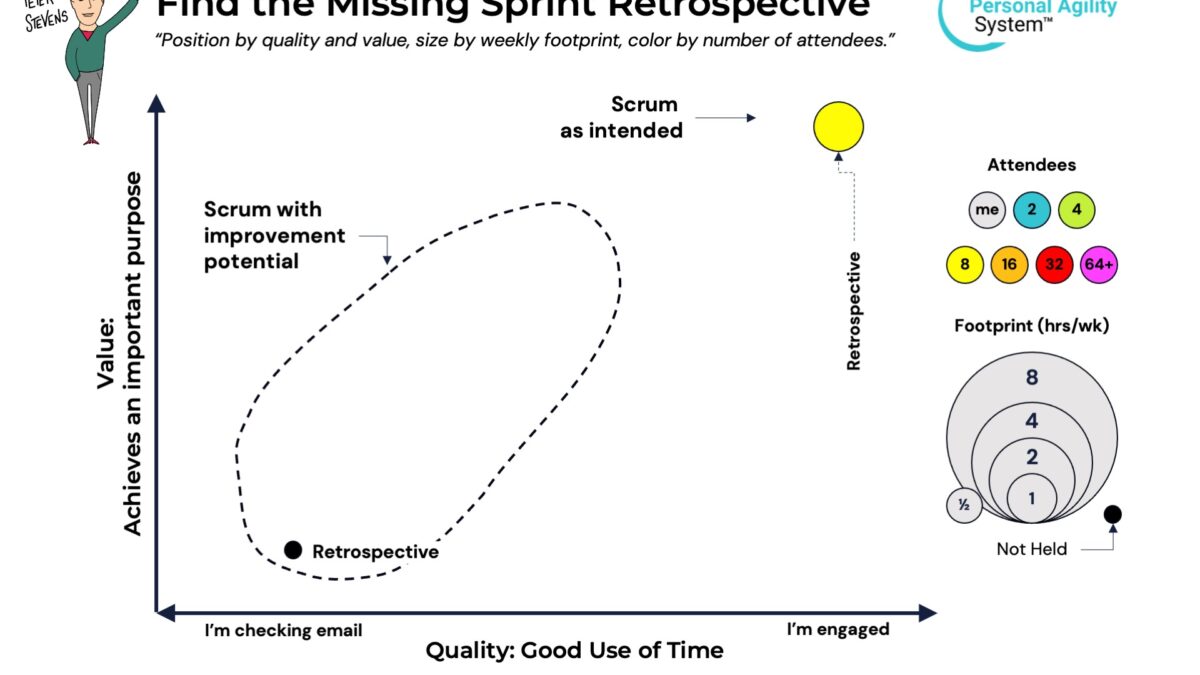
Reduce Market Risk with your Sprint Review!
13-07-2023
Inside the Scrum Team Can Now Reach 1 Billion Additional Viewers!
22-07-2023It’s like the chicken and the egg. No egg means no chicken. And no chicken means no eggs. If you’re not doing retrospectives, you are not improving. If you don’t improve, you’ll probably stop doing retrospectives. Tips for more useful retrospectives.
The core principle of Scrum can be summed up as, “Inspect and Adapt at regular intervals.” If you are not holding a retrospective, you are not inspecting. If you are not implementing findings from the retrospective, you are not adapting.

The Purpose of the Sprint Retrospective is to improve quality and the effectiveness of the team. People often forget about the improve quality part.
If the event is not being held, then your team has likely not been identifying improvements or, even more likely, not been acting on them. If you don’t act on what you learn in the retrospective, it becomes a waste of time.
Possible Improvements
- Hold a retrospective every sprint. Always
- Implement at least one improvement every Sprint. Always.
- Alternate the focus between improving quality and improving collaboration.
- Explore and try out different approaches to holding retrospectives.
- Treat the result of the retrospective like a backlog item that you take directly into the sprint backlog.
- And build organizational commitment to fix impediments that cross team boundaries.
Useful and Wasteful Meetings
This uses the updated version of the Useful and Wasteful Meetings graphic that I posted on Monday. An event’s position depends on the quality and value of the meeting. Further to the right or further up indicates the meeting produces a valuable result / is a good use of your time.
The size of the circle depends on the number of attendees and the color depends on the time consumed. Bigger is more people, more towards magenta is more time consuming. Both are a sign that the meeting is expensive





